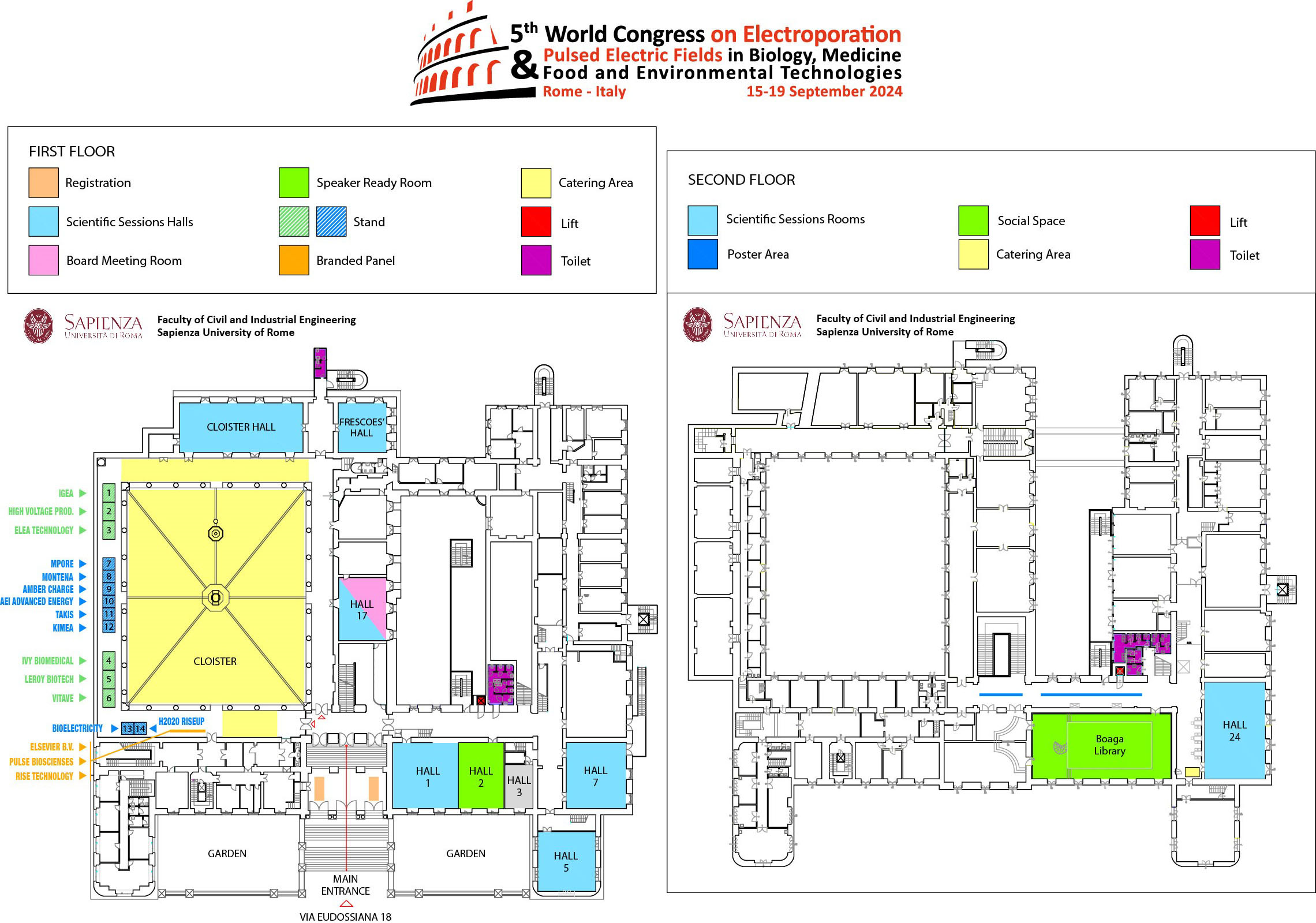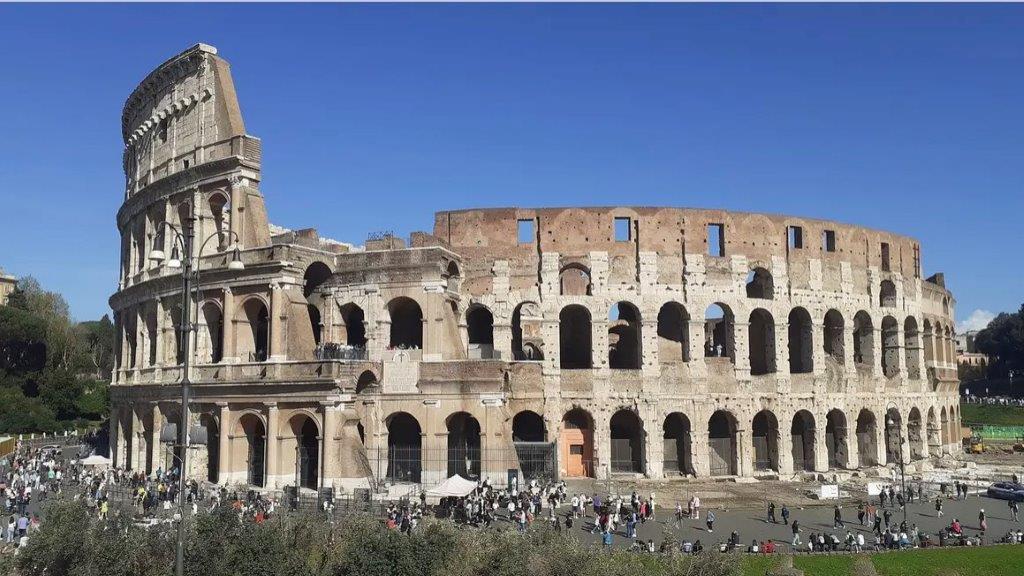Venue
Congress Venue
Faculty of Civil and Industrial Engineering
Sapienza University of Rome
Via Eudossiana, 18 – 00184 Rome (Italy)
Coordinates: 41°53’36.0″N 12°29’34.2″E
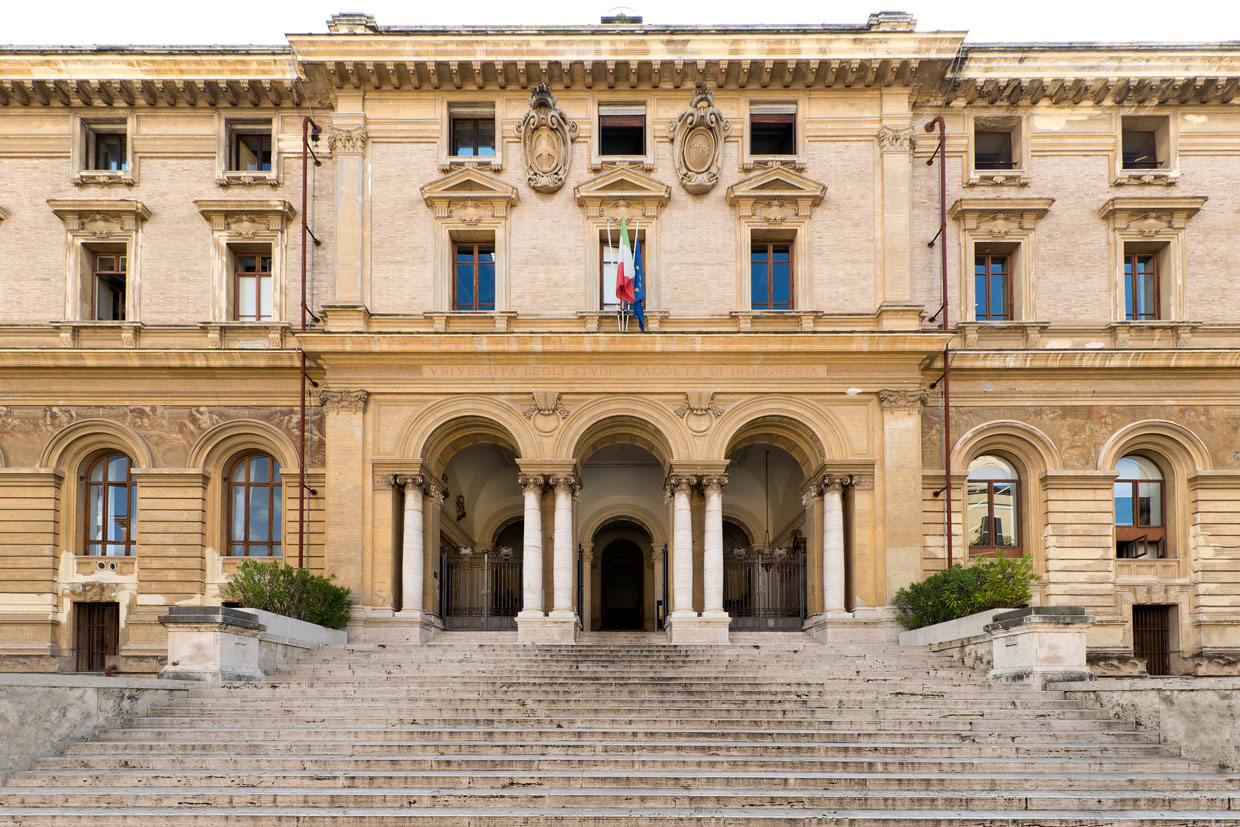
Venue
The Conference will be held at the Faculty of Engineering of Sapienza University of Rome, which is one of the oldest universities in the world, founded in 1303 by Pope Bonifacio VIII, and one of the most prestigious in Europe. The venue, situated in the historic centre of the city, directly overlooking the Colosseum, within walking distance of Piazza Venezia and the Roman Forum, provides a truly remarkable location. The Faculty develops around a magnificent Cloister which represents one of the most important examples of the Renaissance architecture in Rome and is next to the ancient Basilica of San Pietro in Vincoli, which is home to one of the magnificent sculptures of Michelangelo, namely the marble statue of Moses (1513-1515).
The site is less than 20 minutes walking distance from Roma Termini rail Station and a few minutes walking distance from the metro stations of “Cavour” and “Colosseo”.
Site Description
The Faculty develops around the Cloister designed by Giuliano da Sangallo, which represents one of the most important examples of the Renaissance architecture in Rome. The Cloister consists of a rectangular colonnade. Each side has seven or eight arches supported by columns with beautiful ionic capitals, which show the emblem of the Della Rovere family. In the center of the courtyard, a well with an elegant octagonal plan is placed. It was sculpted by Simone Mosca and surmounted by a simple easel composed by two couples of columns supporting a simple moulding architrave, credited to Michelangelo as well. Today it is the symbol of the Faculty.
The Cloister will be used for coffee breaks and as a networking zone. The atmosphere and the effects of light and shade created by these classical structures project an idea of harmony and make this area a perfect place to sit and read, converse, or relax. Conference sessions will be held in the rooms adjacent to the Cloister, most of them restored maintaining their original design and decoration.
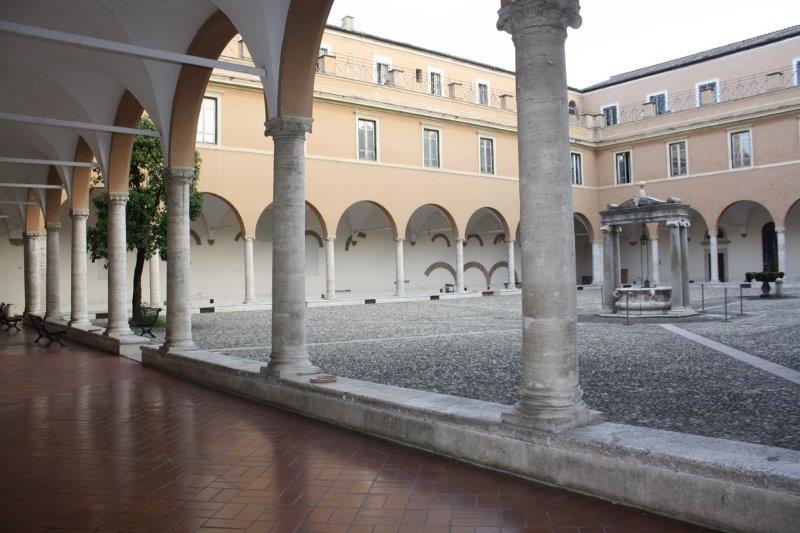
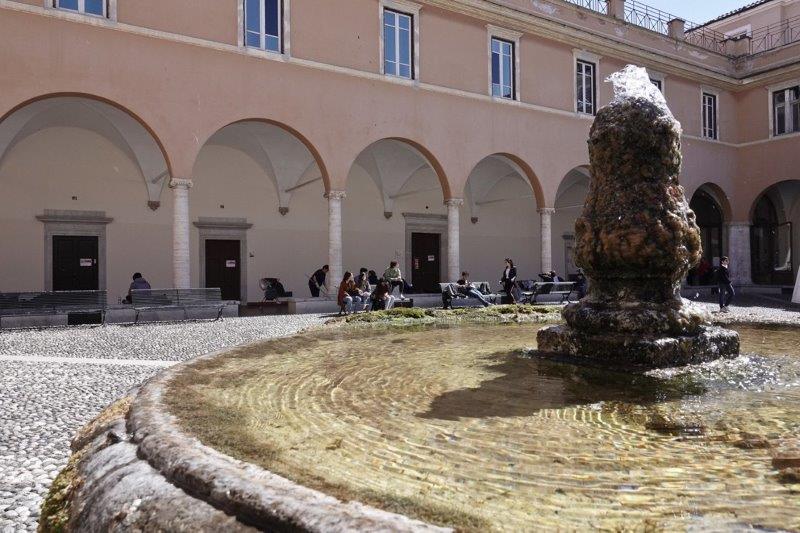
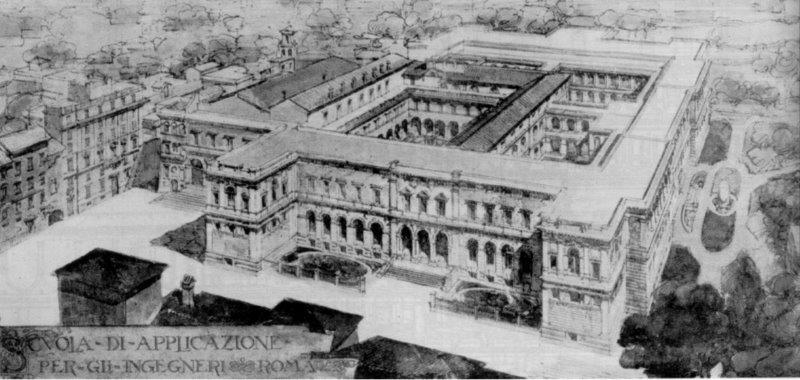
A Historical Glance
The Faculty was founded in 1817 by Pope Pius VII, following the model of the most famous Parisian and Viennese School of Engineering of the time. In 1935, the School became the Faculty of Engineering and it developed with the aim of training professionals qualified to meet the real needs of training and research companies, possessing the ability to promote and to develop technological innovation processes in different cultural environments.
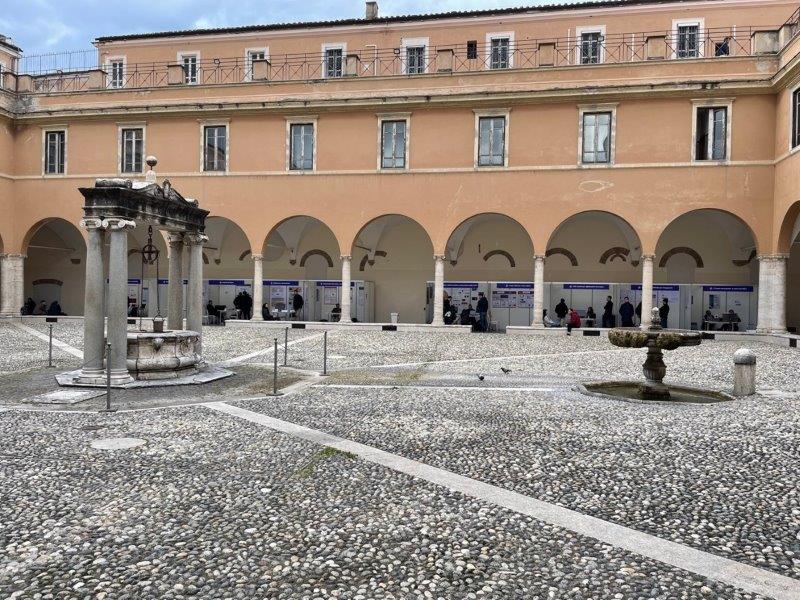
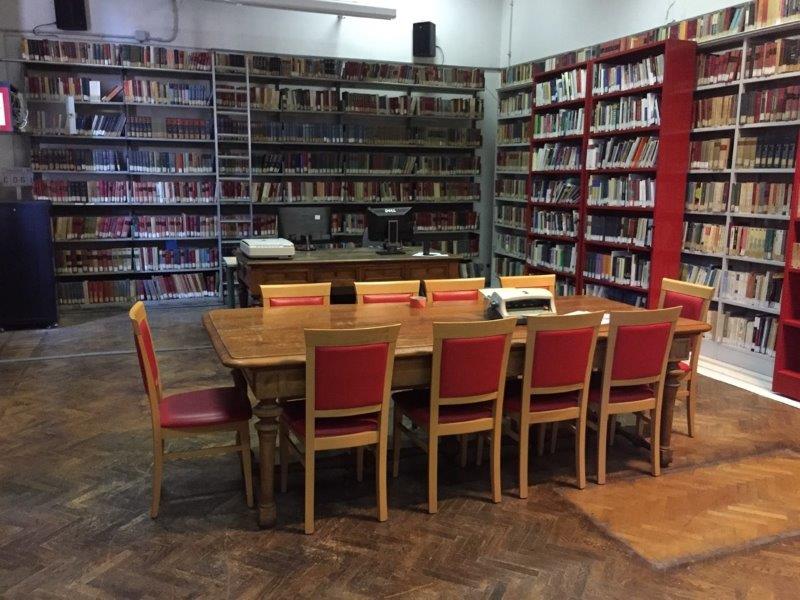
Project Food for Good
Social impact event: the new solution against food waste.
Our Congress participates in the “Project Food for Good”, the new solution against food waste.
More info in the brochure available here.

